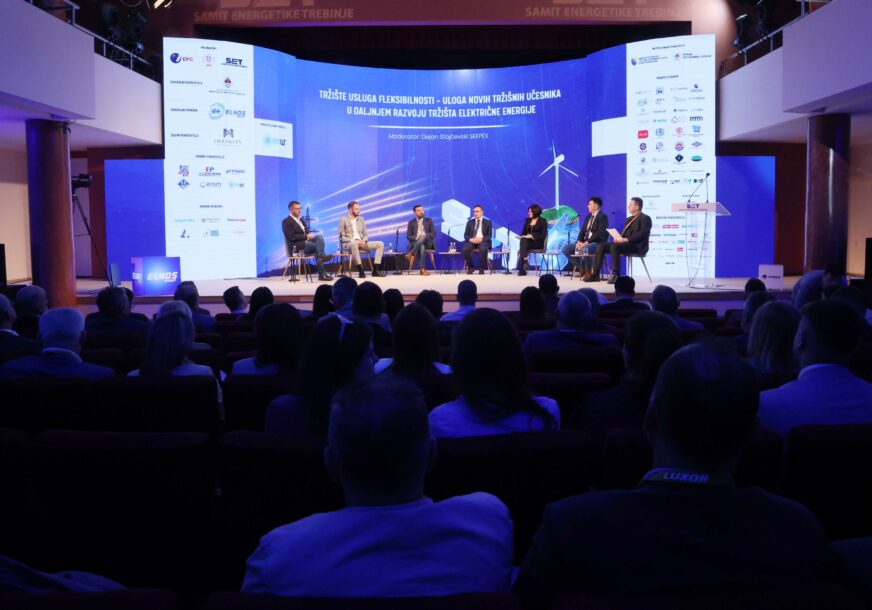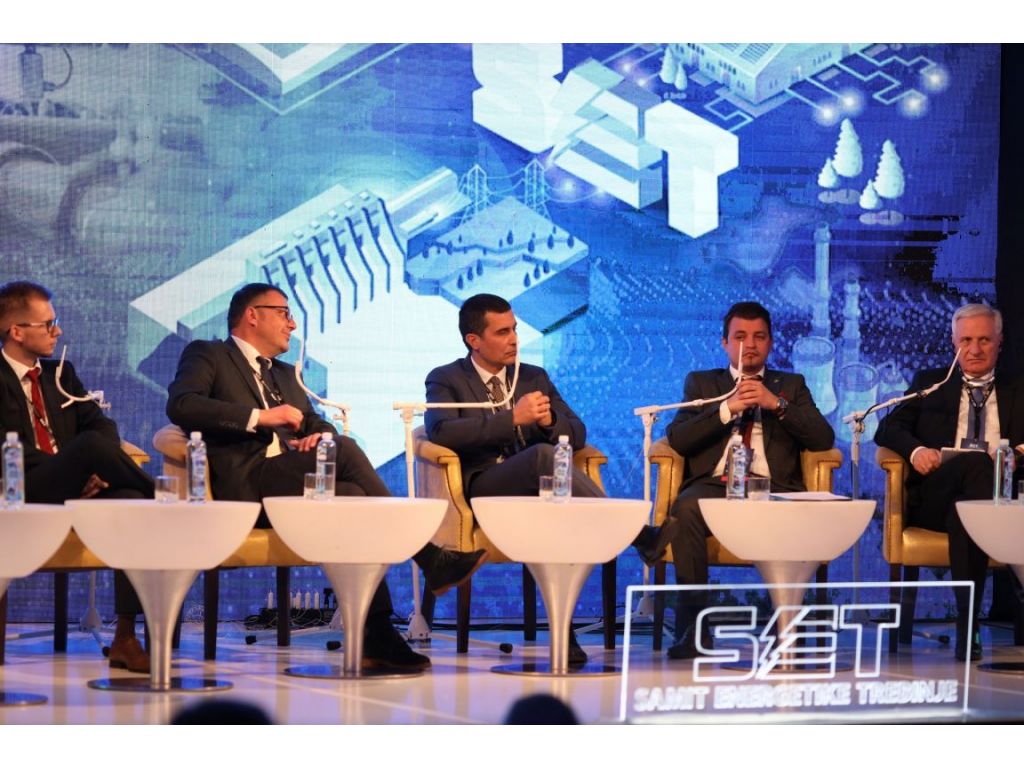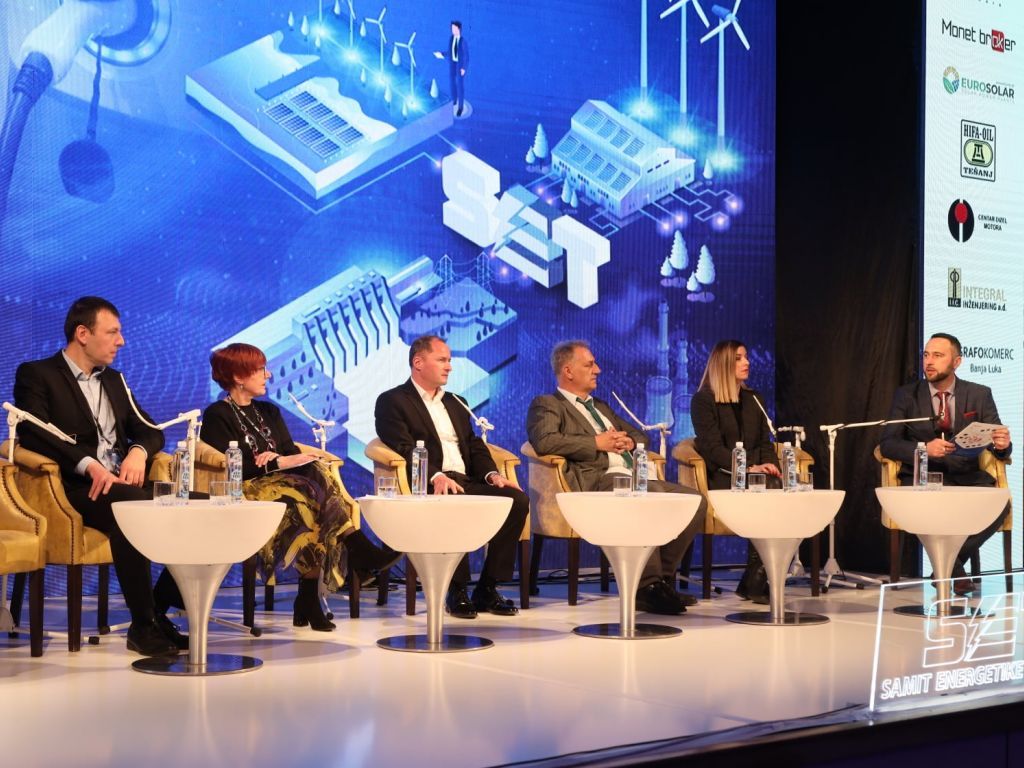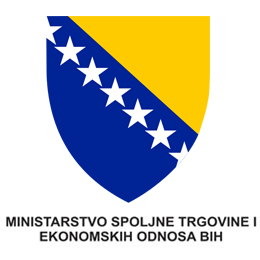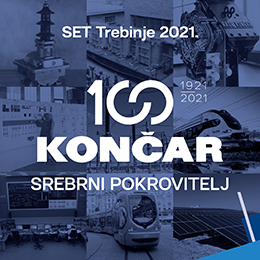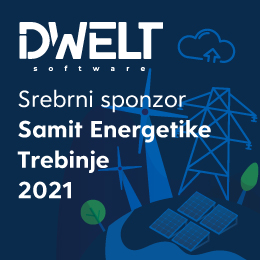Trebinje can match Southern Bavaria in solar power generation – How can the Western Balkans turn to green energy?

The latest relevant research shows that we can run an energy system that would get 60% of electricity from solar, about 20% from hydro and about 20% from wind farms, where there are no fossil fuels and CO2 is at zero, said Prof. Dr Nikola Rajaković from the Faculty of Electrical Engineering, University of Belgrade, as an introductory speaker on the panel on energy transition at this year’s Trebinje Energy Summit.
Rajaković stated at the beginning of his presentation that fossil fuels had come to an end and that our region must turn to decarbonisation.
– Climate change has definitely arrived quickly, it is intense and we have to deal with it. We most need the answer to that. The region with its lignite richness must take into account the fact that lignite is a specific resource. We used to thank God for having him and building powerful power plants, but today this is a heavy stone around our necks. We need to think about future generations and I am convinced that they will use lignite more technologically. We are not, as a generation, invited to consume all of the lignite in this inefficient way we currently do – Professor Rajaković said.
The key trends, he said, are contained in 3D – decarbonisation, decentralization and digitization.
How to go about decarbonisation?
– One of the strategic directions for decarbonisation is on the consumption side, which at first glance does not seem so, but without e-mobility and the transition of the entire heating sector to heat pumps and other modalities, we cannot do this job so easily. The same is true of the industrial sector. We cannot function in this way if we want effective decarbonisation. Everything possible should be electrified, says our profession.
Decentralization, he says, refers to the power generation sector.
– There are two opposing trends here. In our profession, for decades, we have sought to have centralized units. This is a phenomenon in the technique known for the once defined thesis that 1,000 MW gives a far more economical kilowatt hour than is done from a 50 MW generator. That centralized story remains and will last a long time. On the other hand, there is this distributed production, the decentralization of the sector on the production side. We see this as an example of solar power plants installed on roofs, parking lots, small hydropower plants, biomass plants, etc. …
In the digitalization segment, Rajaković said, the first step was a smart meter, and today a fully developed smart household that has its own network, infrastructure, software …
– Without this whole concept it is impossible to keep up with all the upcoming trends – Rajaković states.
In the process of energy transition, according to the professor, there will be an important segment of the response of consumption and citizen participation.
– Definitely, apart from households and industry, we must have developed electric transport. There are many challenges ahead for us, and this is a great chance for young people to apply innovative concepts to the question “how to make the future electric car driver find the green kilowatt hour to charge the batteries in the most elegant way and then to do so efficiently and economically.” We have developed the concept of heat pumps well, only the applications are still limited in our area. We need to work seriously on the consumption response.
Price per kilowatt hour and production variability.
Rajaković notes that we should not neglect the issues of the electricity market in the light of future changes.
– We based our electricity market on the principle of “important is the price of fuel in thermal power plants”. What will be the cost of a marginal kilowatt hour when you have a 100% RES system? That is a very interesting question and will look for an answer in the coming decades.
A key change that will occur is production variability.
– We have serious discussions and delicate situations to answer this task. The latest results are very bold, as it shows that we as engineers can run energy systems with 100% electricity from RES. This is a task that involves serious long-term aspects of balancing production and consumption, but also short-term ones.
RES integration is a central issue for the profession, Rajaković said.
– The whole transisation is about three issues: technical, technological, regulatory and economic. The region will solve its energy problems far simpler if we look at the energy together, as it will cost us an individual approach. We need to move more radically towards RES. The marginal price of the megawatt hour we produce from coal will be more expensive and more expensive. This should be taken into account by decision makers.
Decarbonisation is expensive, he says, and delayed ones will be even more expensive.
– Market principles will change. It turns out, however, that the market alone cannot solve all the issues, because liberal politics has not exactly proved effective. So there must be intelligence and knowledge.
Keeping up with the world.
In 2019, 1,029 terawatt hours of electricity were generated in the EU from RES (most of hydropower), 777 terawatt hours from nuclear power, and 941 terawatt hours from fossil fuels.
India’s largest solar panel cluster of 2 GW occupies 53 km2. The plan is for India to be one of the global leaders with 450 GW from solar power plants in 2030.
– The sun’s potential, here in Trebinje, is great, which is more than 1,500 hours. South Bavaria with 1,000 hours has great results in the solar industry, which could not then Trebinje – concluded Prof. Dr Rajaković at the Trebinje 2020 Energy Summit.
SOURCE: eKapija.com
© 2020 All rights reserved | SET 2021





